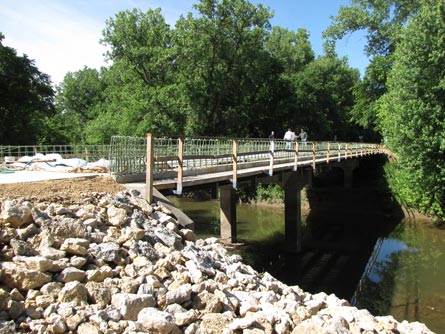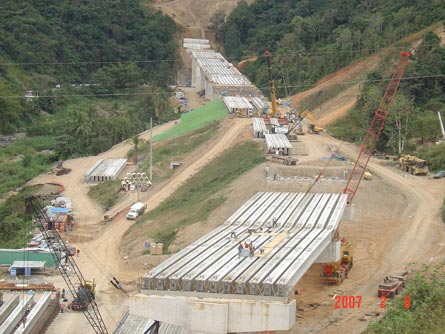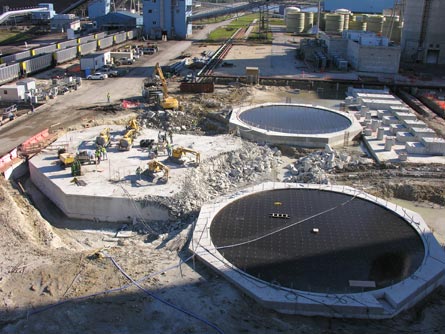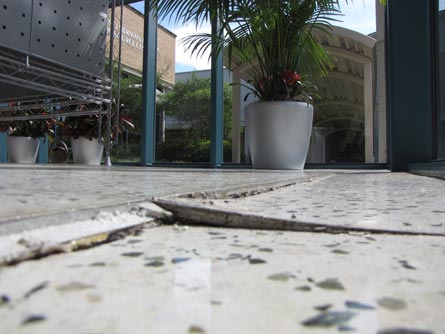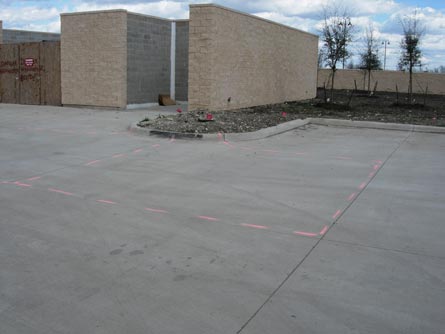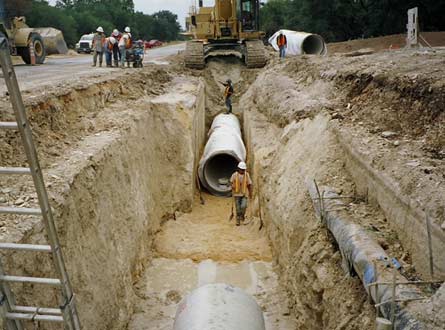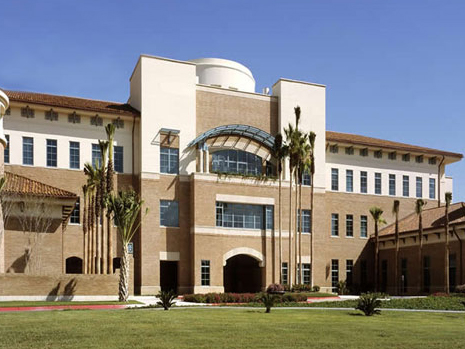The project consisted of the rehabilitation of a 165 ft. long rural steel girder bridge. The concrete bridge deck was to be replaced with a cast-in-place, high performance concrete deck to be supported by the existing steel beams. During the final days of construction, CA was retained to determine the cause of the low concrete strength test results and slow early-age concrete strength gain. CA’s forensic engineering investigation included the review of quality control strength test results and concrete production data, extraction and testing of concrete core samples, a petrographic examination, and a general assessment of the concrete surface quality. CA’s investigation contributed to opening the bridge to traffic only several days after the investigation was completed.
